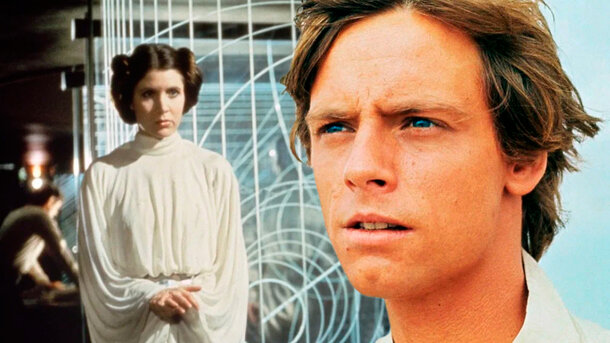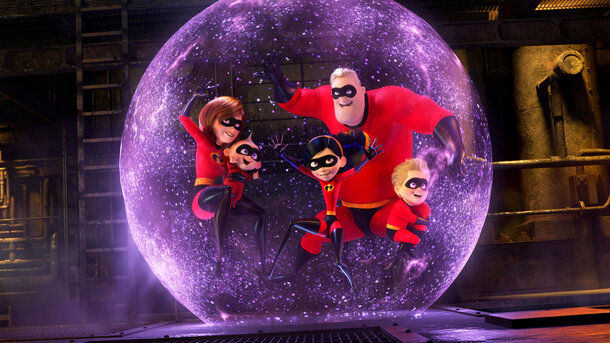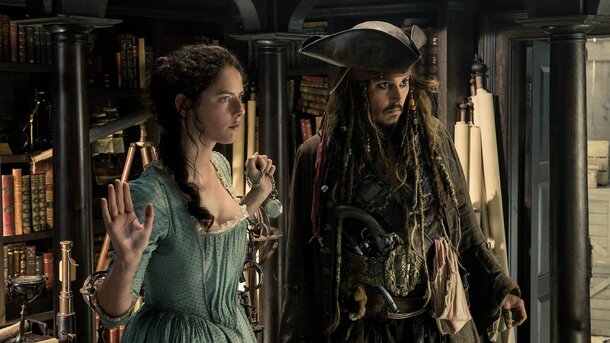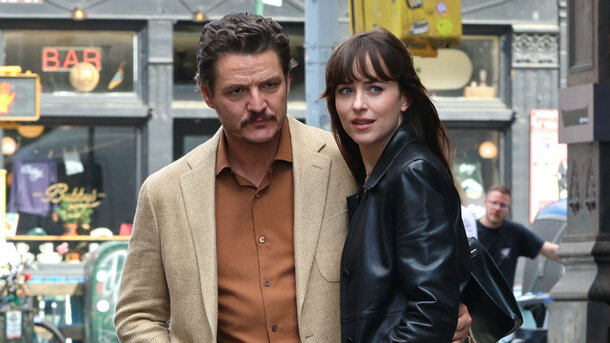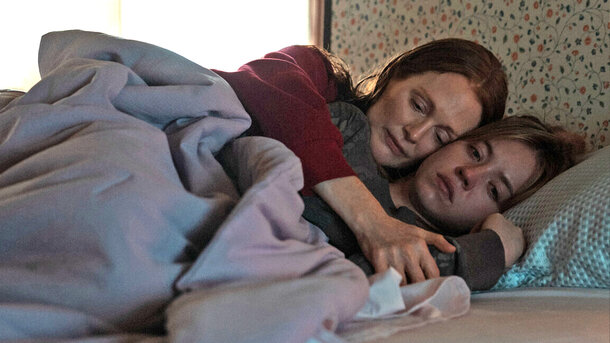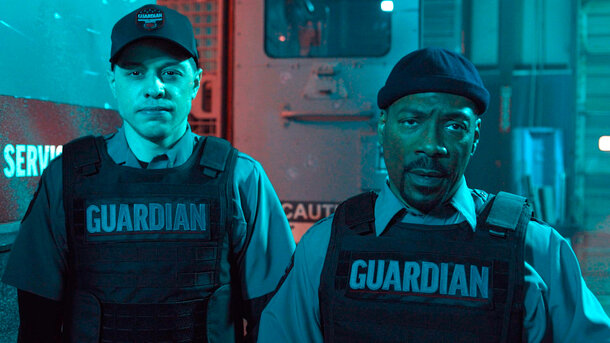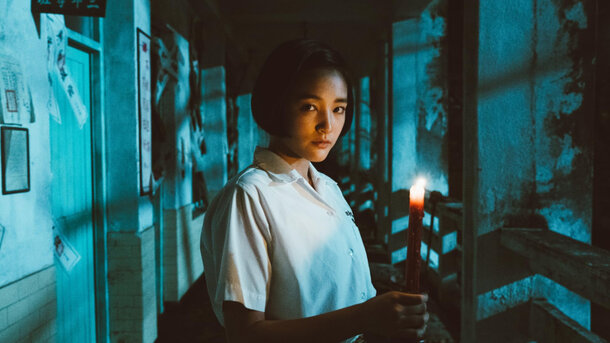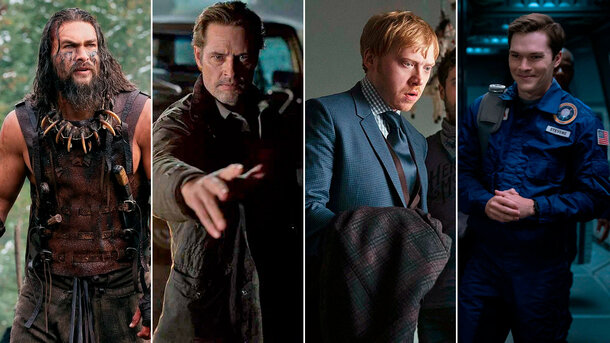George Lucas, the creator of the Star Wars, is known for his perfectionism and constant desire to improve his work. Since the release of the original trilogy in the late 1970s and 1980s, Lucas has repeatedly returned to the films, making changes. Some of these changes have delighted fans, while others have sparked heated debate.
Vampa sequences

One of the most memorable scenes in the original trilogy is Luke Skywalker's encounter with a wampa in a cave. In 1997, Lucas decided to rework the scene, adding more screen time to the beast. The new version makes the wampa look more terrifying, adding shots of it eating bones and more blood. This change heightened the horror, although some fans felt it was unnecessary.
Oola's scene in Return of the Jedi
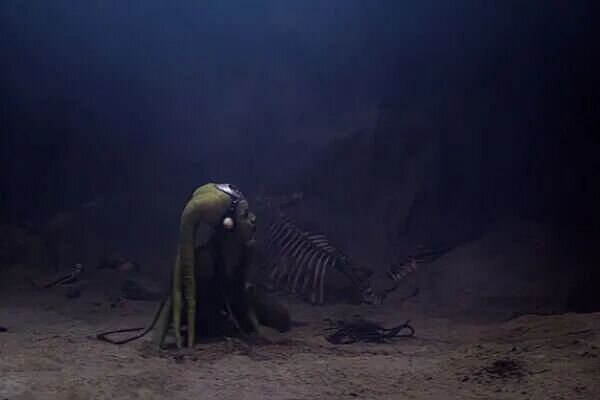
Jabba the Hutt's palace featured one of the most controversial additions. Lucas added a scene where the slave Oola falls into the Rancor pit. It's a small but important addition: it amplifies Jabba's cruelty and makes Oola sympathetic. Thus, a funny episode turned into a grim drama.
The Evolution of Jabba the Hutt

In the original version of A New Hope, Jabba was a human in a mech suit, but the scene with him was cut. In 1997, Lucas replaced him with a CGI version that matched his appearance in Return of the Jedi. Later, in 2004, Jabba was updated again to match his appearance in the prequels.
Return of the Jedi extended ending

The original ending of the trilogy was limited to the celebration on Endor. In the re-release, Lucas added scenes of celebrations across the galaxy, including Tatooine, Naboo, and Coruscant. This emphasized the scale of the Rebel victory.
Sebastian Shaw replaced by Hayden Christensen

One of the most controversial changes was the replacement of the actor playing Anakin at the end of Return of the Jedi. Lucas replaced Sebastian Shaw with Hayden Christensen in order to connect the trilogy to the prequels. This decision still causes controversy among fans.
Enhanced Lightsabers

In the original films, the lightsabers looked dull, especially in the duel between Obi-Wan and Darth Vader. In the re-releases, Lucas improved their visual effect, making the colors more vibrant and the shape more distinct. The stripping clearly benefited the visuals of the films.
Removing English text

In the original version of A New Hope, the text on the Death Star screens was in English. In the re-release, Lucas changed it to Aurebesh, the language of the Star Wars universe. This made the world more cohesive.
CGI Yoda

George Lucas didn't limit his edits to the original Star Wars trilogy. He also returned to the prequels. One of the most notable was the update to Yoda in The Phantom Menace. In the 2011 Blu-ray release, the puppet version of the Jedi Master was replaced with a digital version that fits in well with the prequels' style.
